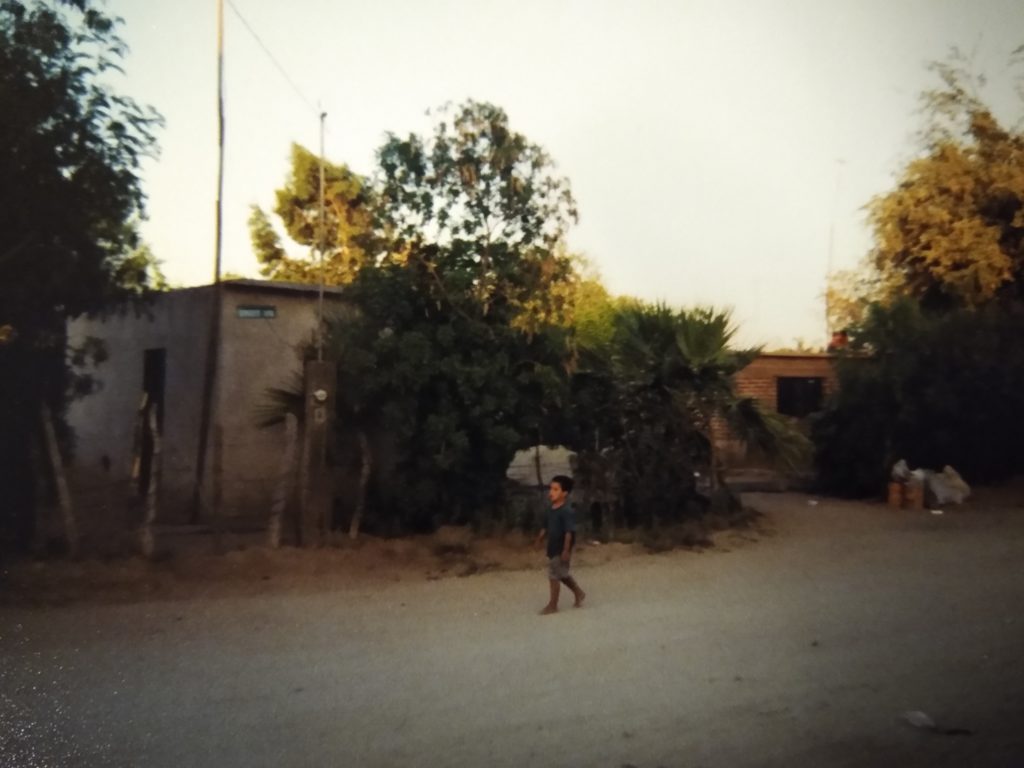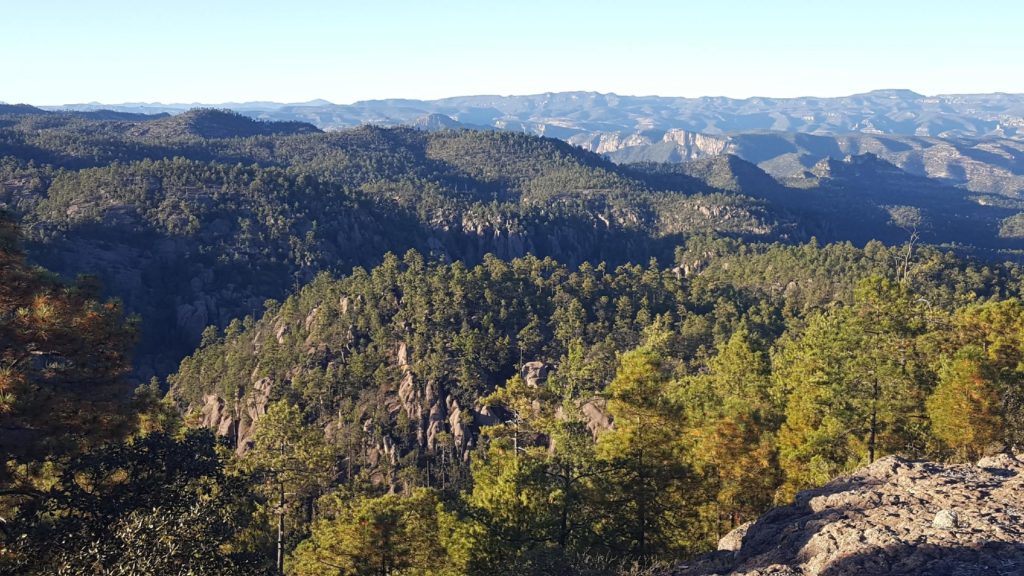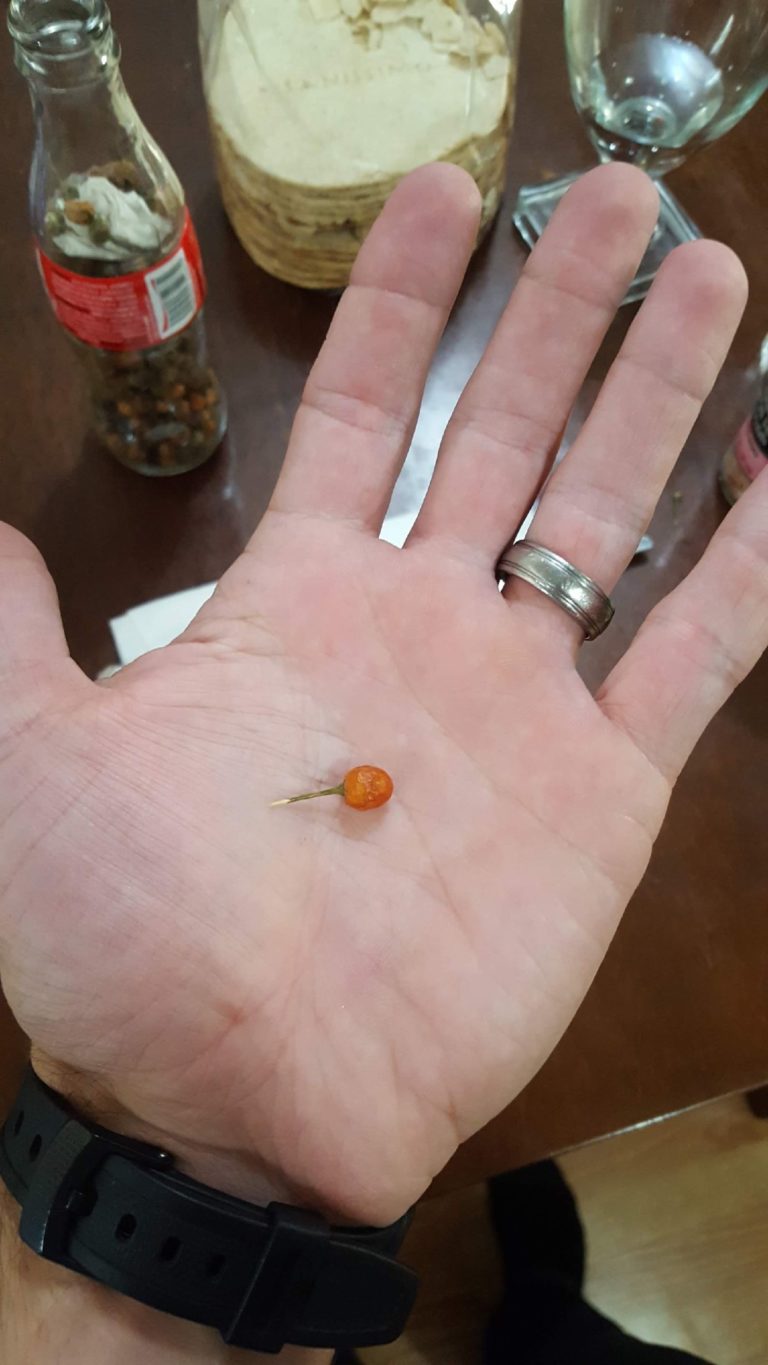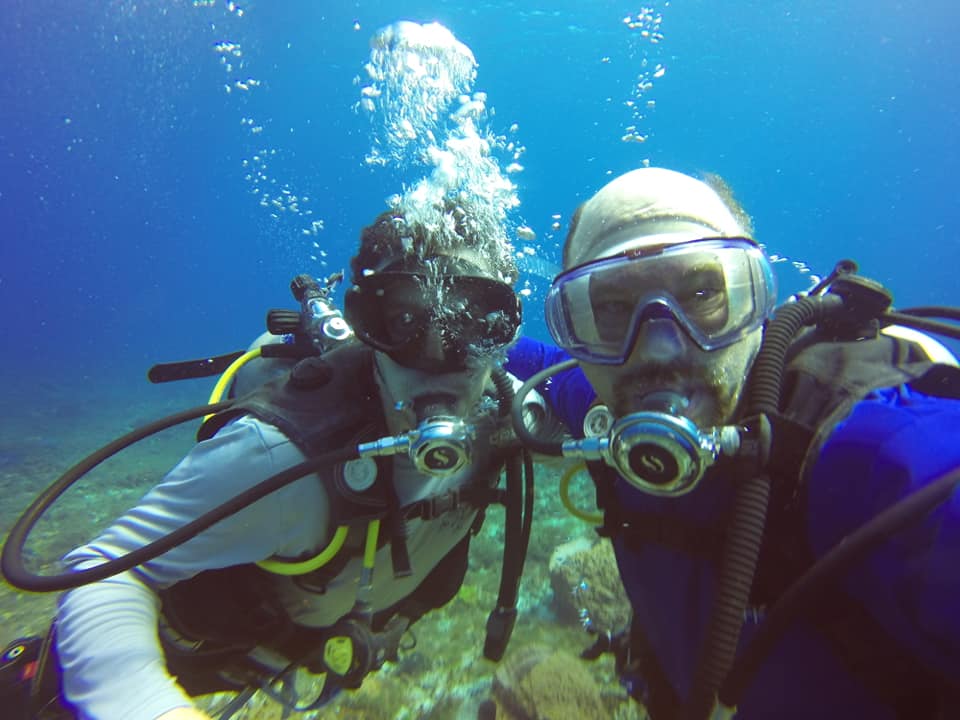
Travel Journal, 48
Over the past 20 years, I have spent quite a bit of time in Mexico. Anymore, I hear about it when friends go to Puerto Vallarta or Cabo San Lucas. But Mexico is so much more than beaches and all you can eat shrimp ceviche.
I first ventured south of the border in the summer of 2002. A group of us piled into a 15-passenger van and drove the bajillion miles from Wyoming (my home state) to Nogales on the Arizona border. Our destination was Hermosillo in the Sonora desert. We spent a week helping out a mission by painting walls, doing sketchy plumbing, and handing out Bibles and other spiritual materials. I can still taste the cabeza tacos and apple soda (I think it’s called Mundet, if you can find it). Each person I met bubbled with kindness. And it was a safe place to visit.
For the most part, Mexico loves America. Other than the US itself, Mexico is the biggest consumer of American goods in the world. And no matter your political leanings, Mexicans make up an enormous populous of the US workforce.
But the black eye that we don’t want to talk about it the drug situation, on both sides of the border. Not that long ago, Mexican cartels consisted of many smaller, unorganized groups of drug traffickers. Harmless, they were not. But for American tourists, crossing the border and enjoying the Mexican culture was very safe. Over the years, cartels “consolidated” into just a couple of factions. Drug violence, trafficking, and a renewed drug demand fueled by the US Opioid Crisis, all contributed to a volatile geopolitical temperature in parts of Mexico.
This bleak second Mexico is hard to figure out.
In the middle of November, 2018, my wife and I landed in a little plane in a small village in the northernmost part of the Sierra Madre Mountains. I hadn’t been to this part of Sonora since 2002. We drove our truck up a curved dirt road. At the top of the curve sat a sparkling, huge (brand new) SUV. Standing coolly at its side was a sharply dressed young man with designer jeans, sunglasses, a polo shirt, and an AK47. He chatted nonchalantly into his radio as our truck meandered the along the narrow ridge. It took us two hours by Cessna 182 to get to this place. And this guy is driving a behemoth SUV, in designer jeans, mind you. But we passed without problem. The local charity we served benefits the community greatly. So, the cartels left us alone.
Our visit went off without a hitch. But not without contrasting stories and experiences:
The local cartel leaders force the young men into work by saying they’ll kill their family if they don’t.
We walked on trails with the locals and shared time with wonderful people.
We heard stories of people being kidnapped; gone forever.
The charity work down there is thriving. And so much good has been accomplished.
And to top it off, I had the best tortillas in my life in that village. They were freshly made of local, blue corn.
See what I mean? So many contrasts. Mexico sits in political darkness. But you’re not reading this to better grasp my political views. And there isn’t two Mexicos. There is one Mexico. Mexico isn’t just cartels and violence. It’s also Cabo and kindness, ceviche and sangria, friends and warm, warm family. And it is wonderful, wild, free, friendly, frightening, unbalanced, and oh-so-much-more than I can handle.
So, if you’re wondering, “should I go to Mexico?”
I say, with all my heart, “yes.”
anthony forrest


